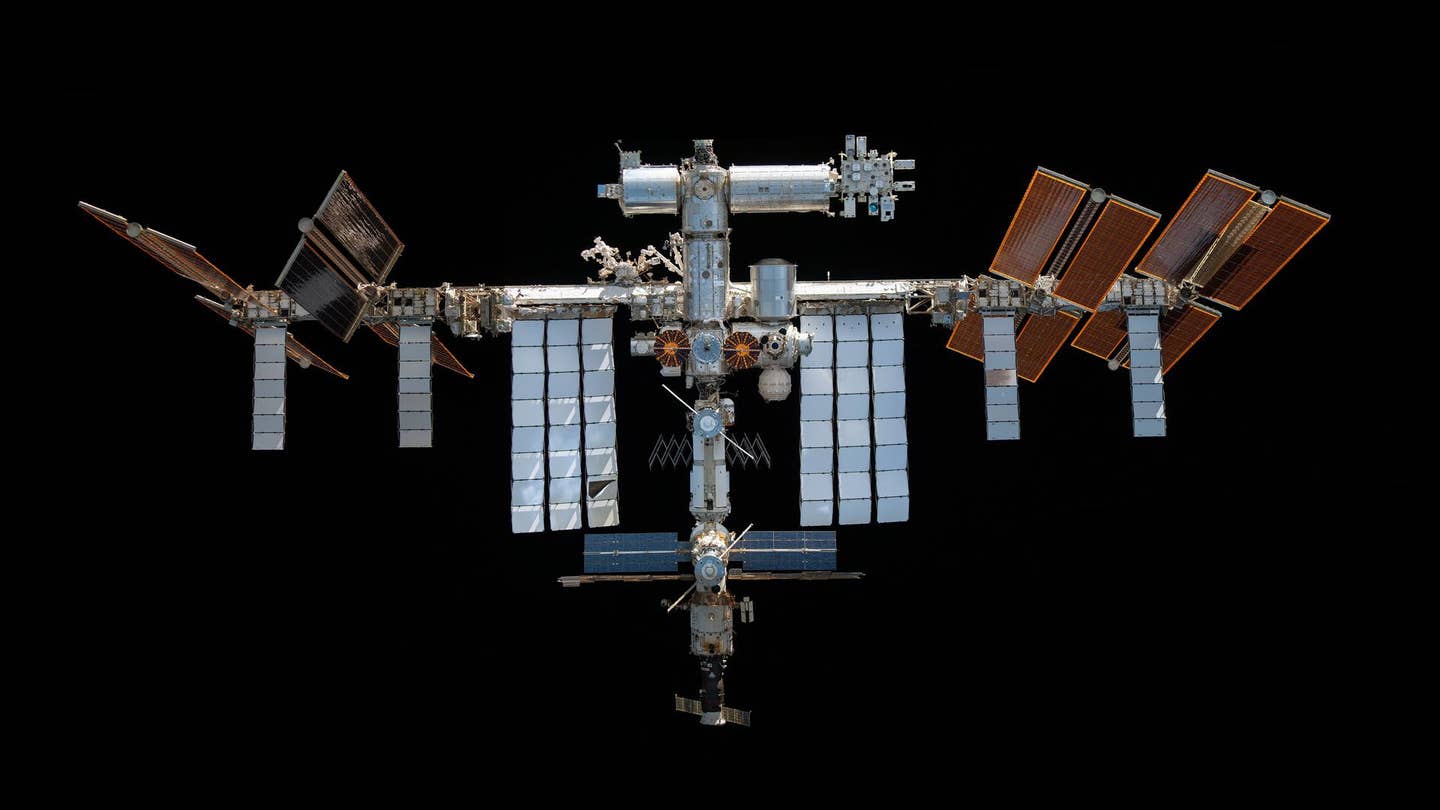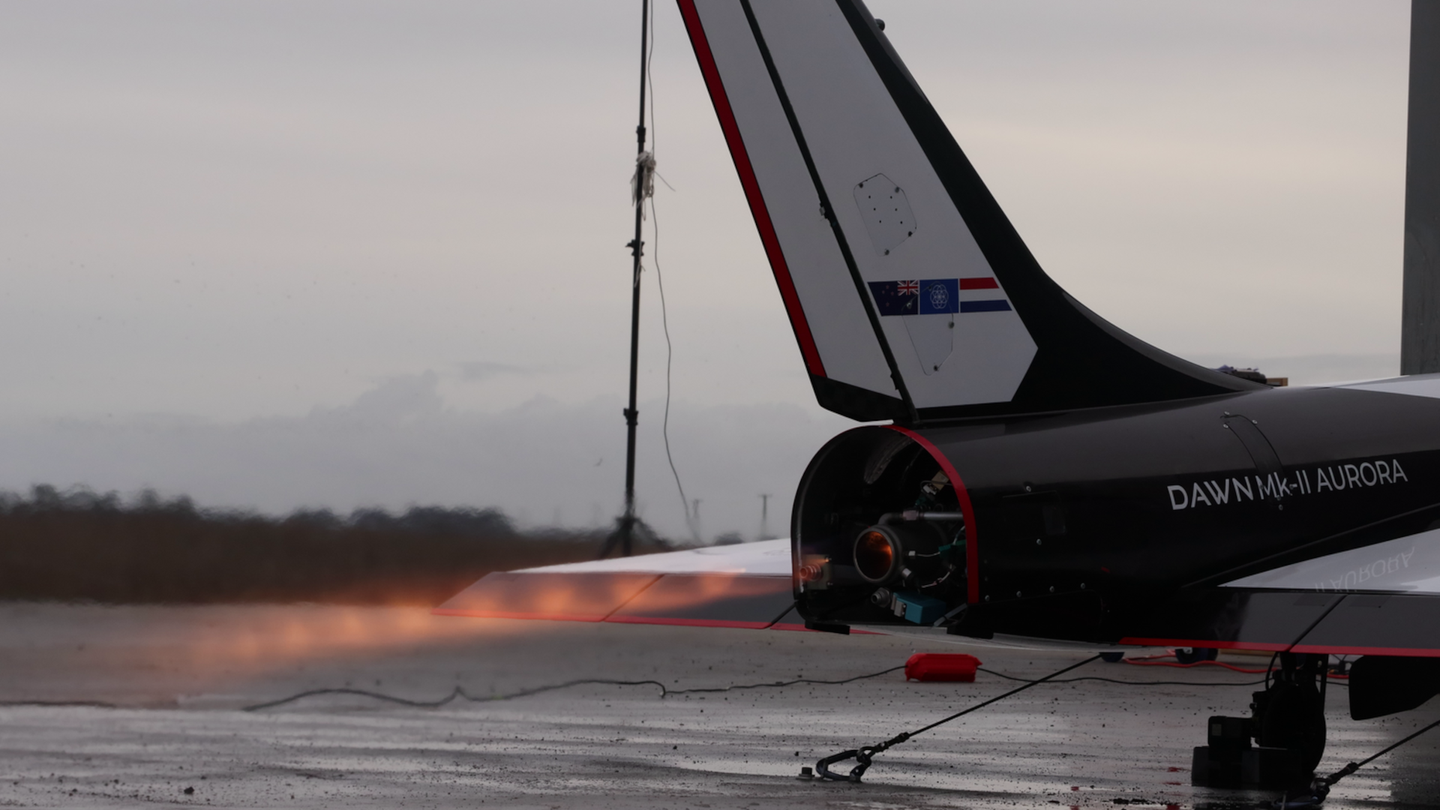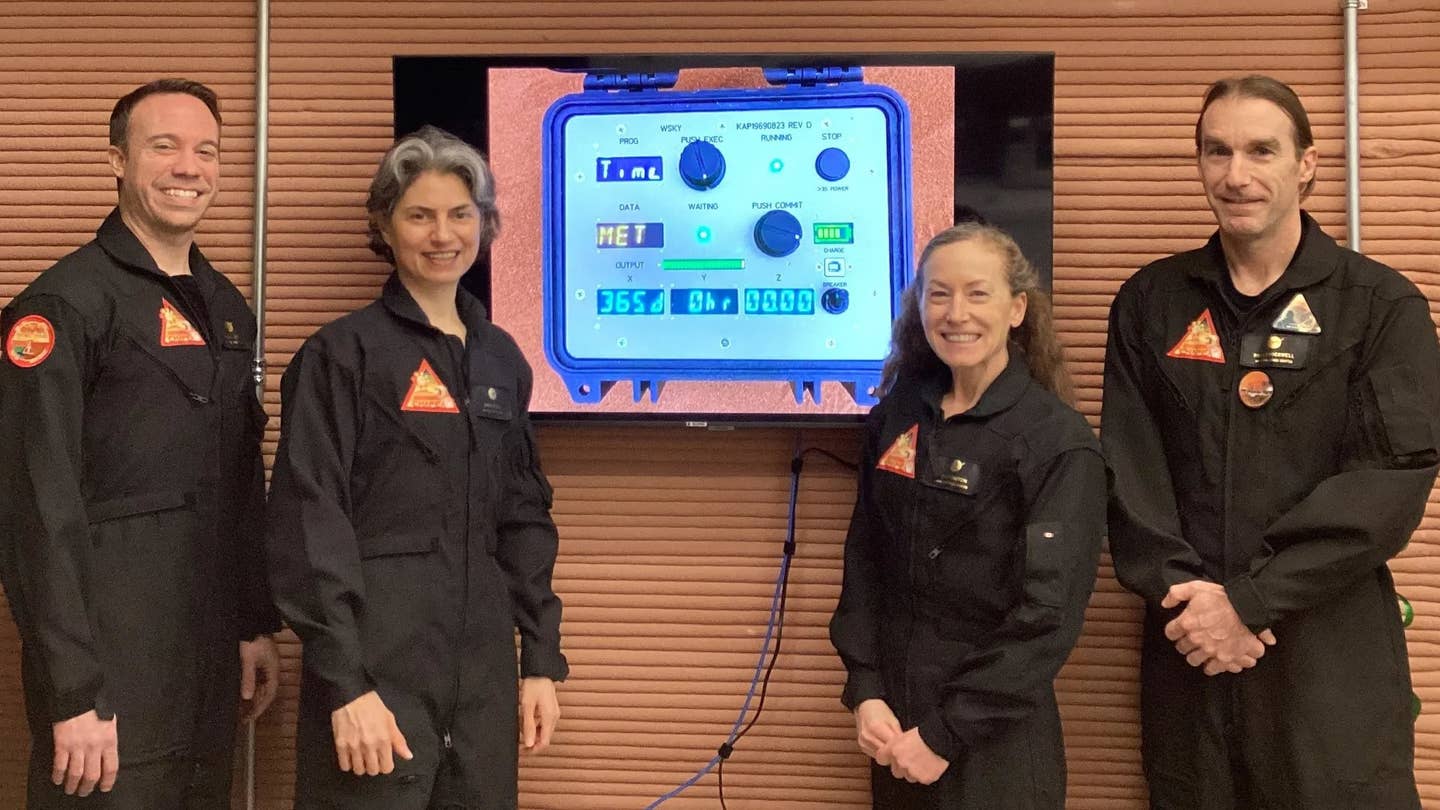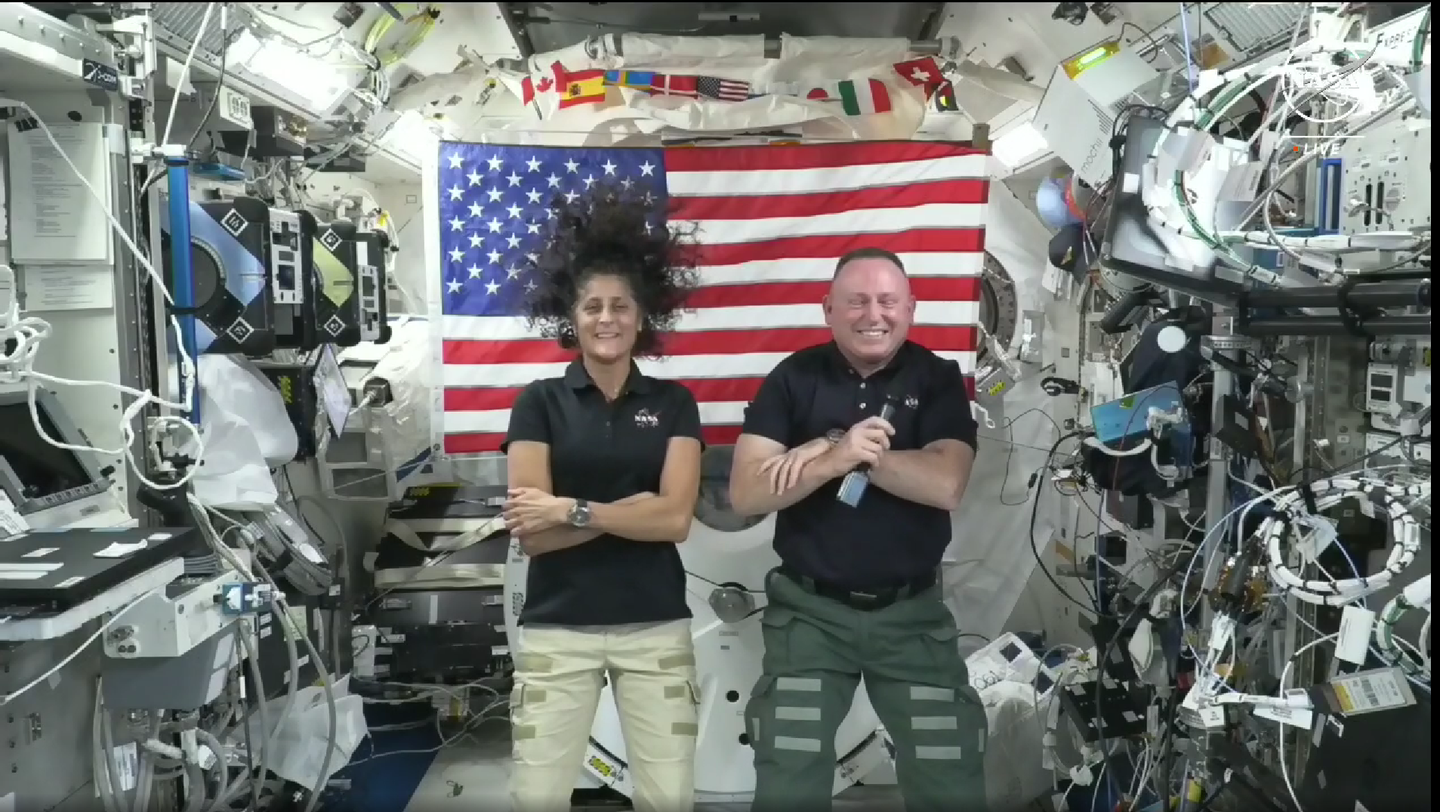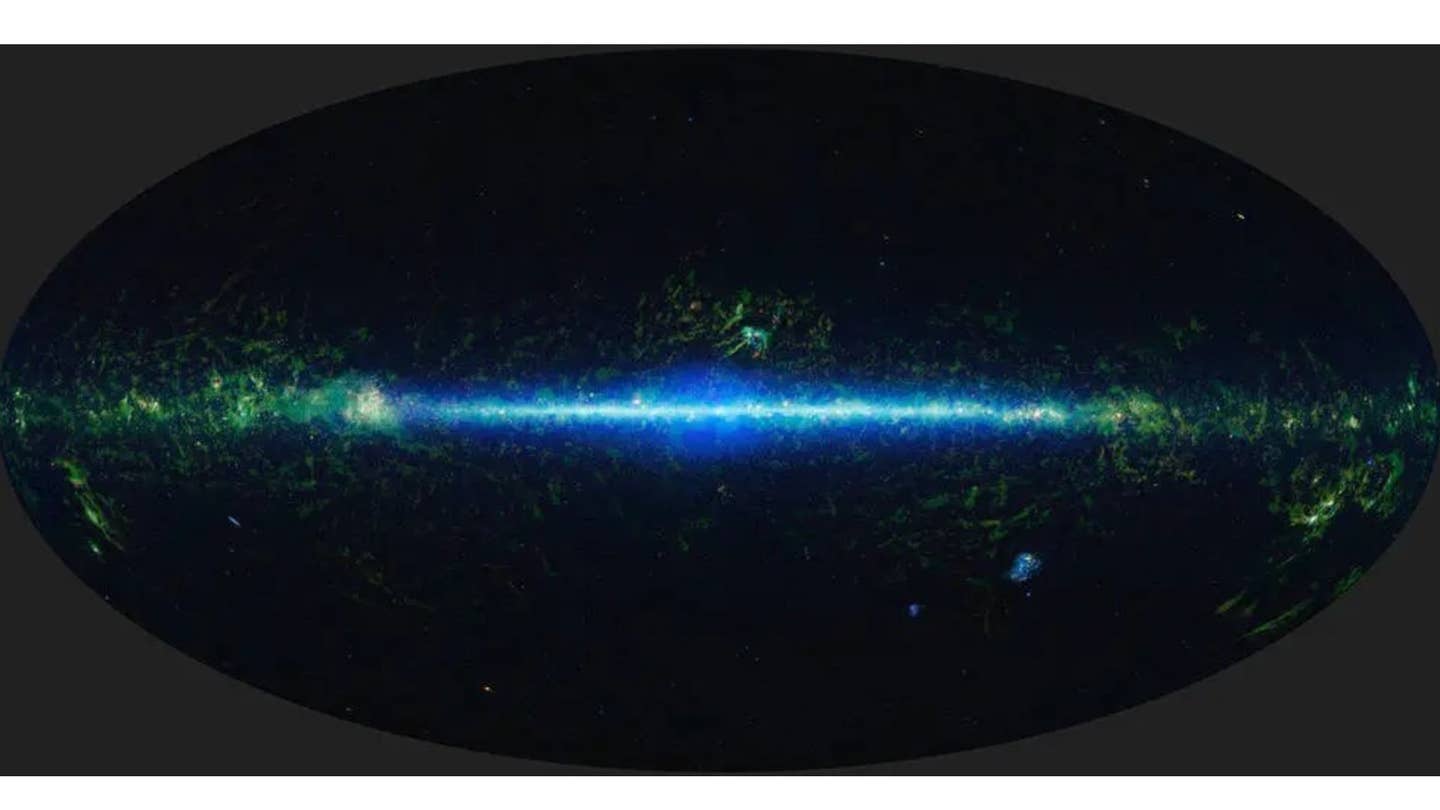SpaceX Pushes Launch of Odysseus Moon Lander to Thursday
The mission is part of NASA’s commercial lunar payload services initiative and represents the first U.S. lunar landing in more than 50 years.
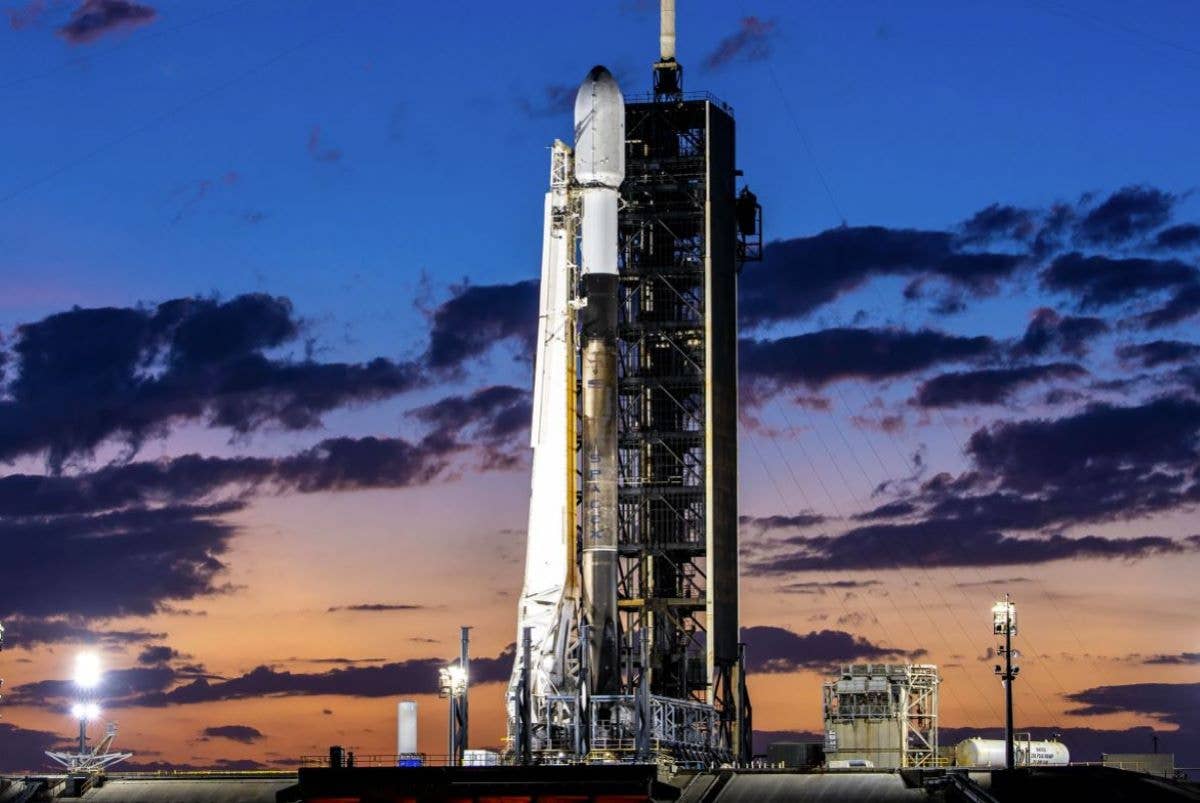
The new launch window of the SpaceX Falcon 9 launch of the IM-1 mission is now rescheduled for 1:05 a.m. EST Thursday. [Credit: SpaceX]
A technical issue derailed SpaceX's launch of the Intuitive Machines IM-1 robotic moon lander Tuesday evening, postponing the mission until later in the week.
The IM-1 mission, which is poised to be the first U.S. lunar landing in more than 50 years, is headed to the South Pole region of the moon as part of NASA's commercial lunar payload services (CLPS) initiative and Artemis campaign.
Less than two hours before its scheduled launch, however, a private rocket company announced it would be pushed back. "Standing down from tonight's attempt due to off-nominal methane temperatures prior to stepping into methane load," SpaceX said on X, formerly known as Twitter.
The new launch window of the SpaceX Falcon 9 rocket liftoff is now rescheduled for 1:05 a.m. EST Thursday at Launch Complex 39A at Kennedy Space Center in Florida, the company said. According to SpaceX, teams will begin loading the lunar lander with cryogenic methane and oxygen on the launch pad ahead of stepping into propellant load for Falcon 9 approximately two and a half hours before liftoff.
The mission is set to prepare NASA for Artemis, a series of launches that will attempt to return U.S. astronauts to the moon as soon as 2025. On board Intuitive Machine's Nova-C robotic lander, called "Odysseus," are six NASA payloads that will conduct research to better understand the lunar environment.
"The payloads will collect data on how the plume of engine gases interacts with the moon’s surface and kicks up lunar dust, investigate radio astronomy and space weather interactions with the lunar surface, test precision landing technologies, and measure the quantity of liquid propellant in Nova-C propellant tanks in the zero gravity of space," NASA said. "The Nova-C lander will also carry a retroreflector array that will contribute to a network of location markers on the moon that will be used as a position marker for decades to come."
The launch of IM-1 comes little more than a month after the failed attempt of Astrobotic’s Peregrine Mission One to become the first U.S. CLPS spacecraft to reach the moon's surface. Hours after its launch on January 8, a propulsion anomaly derailed the mission. Ten days after launch, the Peregrine spacecraft burned up during a controlled reentry over the South Pacific. On board Peregrine were more than 20 payloads, including NASA instruments meant to study the lunar surface.
NASA will air live coverage of the IM-1 mission launch Thursday, beginning its broadcast at 12:20 a.m. EST. It may be viewed on a variety of platforms, including NASA+, NASA TV, and the agency’s website. SpaceX will also provide a live webcast of the mission beginning about 45 minutes before liftoff on X @SpaceX.
The Nova-C lander is expected to land on the moon February 22.

Subscribe to Our Newsletter
Get the latest FLYING stories delivered directly to your inbox

